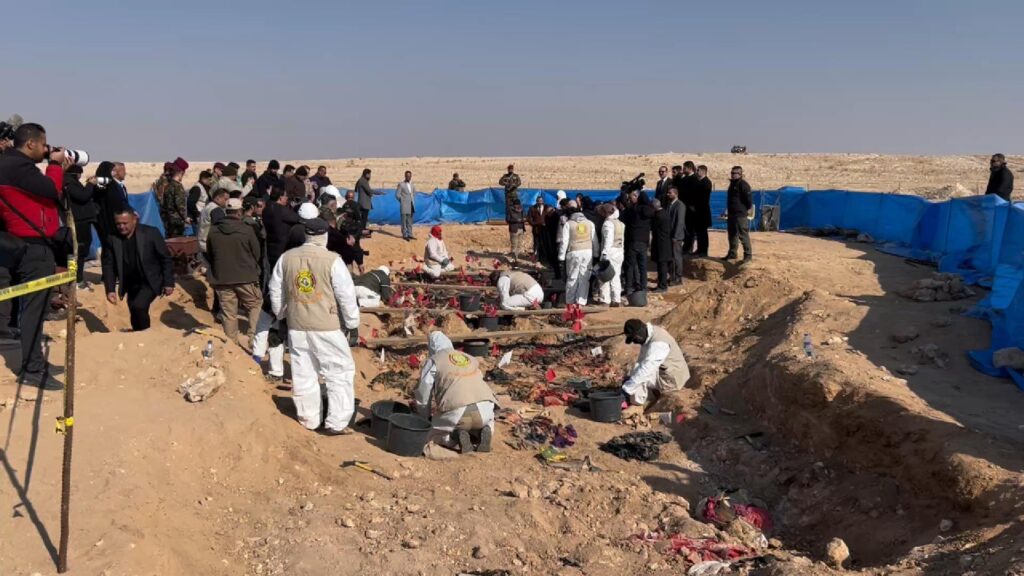US in Syria: From ‘Manbij Roadmap’ to Rojava ‘safe zone’

On March 25, the US Special Envoy for Syrian Engagement James Jeffrey told a press briefing the YPG will not be permitted to operate in this zone. He did however say Washington does not want to see any “mishandling” of its Kurdish allies and is “working for a solution that will meet everybody’s needs.”
Residual US forces remaining in Syria meanwhile will focus on combating Islamic State (ISIS) remnants and will not “operate in any safe zone,” he added.
Jeffrey’s comments were as broad and vague as the majority of statements from the US concerning the proposed safe zone, which in reality is more of a buffer zone.
What is clear is that any 32 km-deep buffer zone from which the YPG will be compelled to withdraw will include all of Syrian Kurdistan (Rojava)’s major cities, including the region’s capital Qamishli and the iconic city of Kobane.
This would be roughly comparable to trying to convince the US not to deploy its own troops to Washington and New York, or Russia to Moscow and St. Petersburg, or Britain to London and Birmingham.
Seen from this elementary perspective, it is understandable why the Kurdish forces would find it hard to swallow such an arrangement made over their heads, especially in light of Turkish threats and aggression levelled against them.
Ankara’s invasion of Rojava’s northwest Afrin exclave in early 2018 and the ongoing occupation of the canton by its Syrian militiamen proxies, which have persecuted Kurds according to the UN, epitomises this aggression.
Despite all of this the YPG has consistently retained a defensive posture against Turkey in its areas and refrained from launching counter-attacks over the border into Turkey itself.
In light of this, it is unclear how the US could convince (or even force) the YPG to withdraw from its major cities, for which it sacrificed so many fighters, and relocated to the predominantly the Arab regions of northeast Syria under the autonomous administration’s control.
More generally it’s unclear whether Washington has a plan for how to make the proposed buffer a tangible reality. The precedent set by the so-called ‘Manbij Roadmap’ in northwest Syria is not encouraging.
The Roadmap has the straightforward objective of preventing a Turkish attack on the Arab-majority city of Manbij. This was to be achieved by combining American and Turkish military patrols in the vicinity and then reorganising the Syrian Democratic Forces (SDF)-led Manbij Military Council (MMC) to placate Turkish opposition to any YPG foothold there.
It came as a result of a 2016 US-drafted agreement in which Ankara agreed not to interfere with the Kurdish-led SDF capture of Manbij from ISIS provided the YPG contingent of that larger force did not remain afterward.
Since then Turkey has repeatedly threatened to attack Manbij and remains unsatisfied with the situation there. The YPG meanwhile insists it has withdrawn.
Although joint Turkey-US patrols began near Manbij last November, this directly coincided with Turkey’s shelling of the YPG east of the Euphrates, an action that prompted the US to launch separate patrols to prevent an escalation.
Talks on the future composition of the MMC began in December, yet this has also proven to be a very slow process.
The Americans have repeatedly put forward names for the council to be vetted by Turkey. Ankara wants to ensure the entire leadership is composed of Manbij natives.
The Manbij Roadmap was initially announced last summer. Analyst Aaron Stein immediately dubbed it “the roadmap to nowhere” and noted that its stated goals were “deceptively simple”.
He also pointed out that the three primary actors involved, the US, Turkey and the SDF, “have vastly divergent interests in Syria, and should be expected to take different approaches to secure them”.
In other words, it is very difficult to organise a simple formula for convergence among three actors which have fundamentally divergent goals and interests.
Today’s buffer zone proposal has similarly broad and “deceptively simple” goals to that of the Manbij Roadmap. On top of this, it is even less likely to produce a sustainable long-term settlement for northeast Syria anytime soon, if at all.

